Thad Snow - From Missouri: An American Farmer Looks Back
Here you can read online Thad Snow - From Missouri: An American Farmer Looks Back full text of the book (entire story) in english for free. Download pdf and epub, get meaning, cover and reviews about this ebook. year: 2012, publisher: University of Missouri Press, genre: Art. Description of the work, (preface) as well as reviews are available. Best literature library LitArk.com created for fans of good reading and offers a wide selection of genres:
Romance novel
Science fiction
Adventure
Detective
Science
History
Home and family
Prose
Art
Politics
Computer
Non-fiction
Religion
Business
Children
Humor
Choose a favorite category and find really read worthwhile books. Enjoy immersion in the world of imagination, feel the emotions of the characters or learn something new for yourself, make an fascinating discovery.
From Missouri: An American Farmer Looks Back: summary, description and annotation
We offer to read an annotation, description, summary or preface (depends on what the author of the book "From Missouri: An American Farmer Looks Back" wrote himself). If you haven't found the necessary information about the book — write in the comments, we will try to find it.
After years of subjecting the editors of St. Louis newspapers to eloquent letters on subjects as diverse as floods, tariffs, and mules, Thad Snow published his memoir From Missouri in his mid-seventies in 1954. He was barely retired from farming for more than half a century, mostly in the Missouri Bootheel, or Swampeast Missouri, as he called it. Now back in print with a new introduction by historian Bonnie Stepenoff, these sketches of a life, a region, and an era will delight readers new to this distinctive American voice as well as readers already familiar with this masterpiece of the American Midwest.
Snow purchased a thousand acres of southeast Missouri swampland in 1910, cleared it, drained it, and eventually planted it in cotton. Although he employed sharecroppers, he grew to become a bitter critic of the labor system after a massive flood and the Great Depression worsened conditions for these already-burdened workers. Shocking his fellow landowners, Snow invited the Southern Tenant Farmers Union to organize the workers on his land. He was even once accused of fomenting a strike and publicly threatened with horsewhipping.
Snows admiration for Owen Whitfield, the African American leader of the Sharecroppers Roadside Demonstration, convinced him that nonviolent resistance could defeat injustice. Snow embraced pacifism wholeheartedly and denounced all war as evil even as America mobilized for World War II after the attack on Pearl Harbor. In the late 1940s and early 1950s, he became involved with creating Missouris conservation movement. Near the end of his life, he found a retreat in the Missouri Ozarks, where he wrote this recollection of his life.
This unique and honest series of personal essays expresses the thoughts of a farmer, a hunter, a husband, a father and grandfather, a man with a soft spot for mules and dogs and all kinds of people. Snows prose reveals much about a way of life in the region during the first half of the twentieth century, as well as the social and political events that affected the entire nation. Whether arguing that a good stock dog should be left alone to do its work, explaining the process of making swampland suitable for agriculture, or putting forth his case for world peace, Snows ideas have a special authenticity because they did not come from an ivory tower or a think tankthey came From Missouri.
Thad Snow: author's other books
Who wrote From Missouri: An American Farmer Looks Back? Find out the surname, the name of the author of the book and a list of all author's works by series.



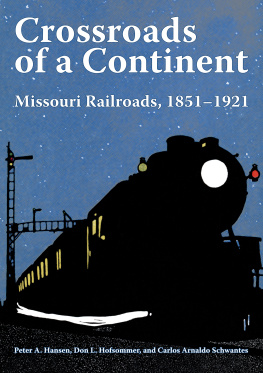
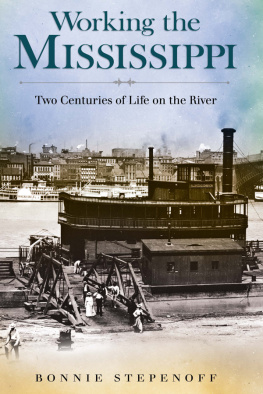
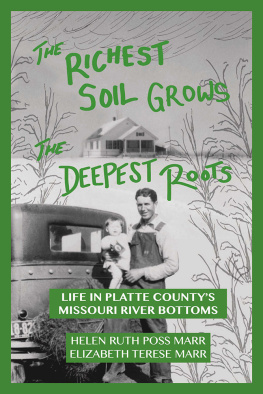
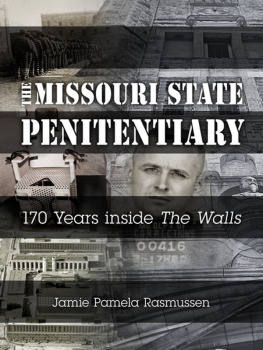


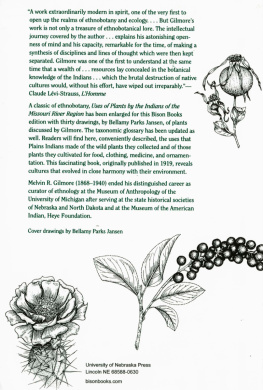
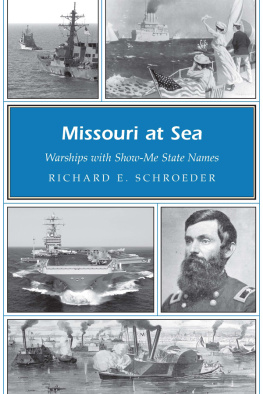


 THIS PAPER MEETS THE REQUIREMENTS OF THE AMERICAN NATIONAL STANDARD FOR PERMANENCE OF PAPER FOR PRINTED LIBRARY MATERIALS, Z39.48, 1984.
THIS PAPER MEETS THE REQUIREMENTS OF THE AMERICAN NATIONAL STANDARD FOR PERMANENCE OF PAPER FOR PRINTED LIBRARY MATERIALS, Z39.48, 1984.